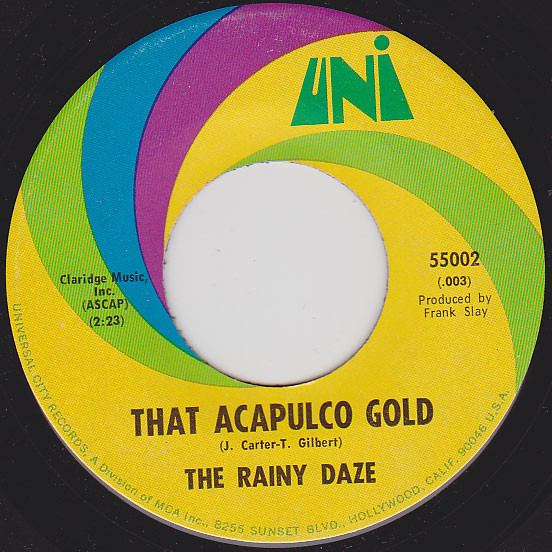

You don’t have to pick up and move to a different climate.

Many people say they find relief in warmer climates, but again, there’s no scientific proof that it will ease your aches. Some people’s bodies may just be more sensitive to changes in the weather. Two recent Australian studies - one on knee pain and one on lower back pain - also found no connection to weather change.īut even though the science isn’t clear, flare-ups when the weather turns are very real for many people with joint pain. They didn’t see any link between weather changes and joint pain at all. More recently, however, a Dutch study of 222 people with osteoarthritis of the hip found that over 2 years, people said their pain and stiffness got worse with rising barometric pressure and humidity.Īnother group of researchers took a look at medical records of more than 11 million Medicare visits and matched dates to local weather reports. In one survey of 200 people with osteoarthritis in their knee, researchers found that every 10-degree drop in temperature - as well as low barometric pressure -corresponded to a rise in arthritis pain. Several studies have tried to pinpoint the kind of weather changes that affect joint pain, but the findings are all over the map. People tend to stay indoors and lounge around more when it’s cold and rainy outside, and inactive joints can get stiff and painful. You might also feel more pain when the weather keeps you from moving around as much as you typically do. Low temperatures can also make the fluid inside joints thicker, so they feel stiffer. How? It could be that when the cartilage that cushions the bones inside a joint is worn away, nerves in the exposed bones might pick up on changes in pressure.Īnother idea: Changes in barometric pressure may make your tendons, muscles, and any scar tissue expand and contract, and that can create pain in joints affected by arthritis. One is that people with joint pain, especially arthritis, may be sensitive to changes in barometric pressure. Still, there are a few theories about the relationship. Part of the problem is the studies themselves - many have used surveys of just a small number of people, which isn’t a very reliable way to measure a link. Scientists have done many studies on joint pain and weather over the years, but so far, none can say for sure what the connection is.

That makes it tricky for scientists to pinpoint exactly what it is about the weather that leads some people to report more pain when it’s cold, rainy, or humid. But the research on the connection between the two isn’t clear.īarometric pressure - or the pressure of the air - can affect joints, but humidity, precipitation, and temperature are also at play. It’s common to blame joint pain flare-ups on changes in the weather, and many doctors believe people can feel more joint pain on cold, rainy days. Or you’ve felt your own joints ache when the temperature outside drops. Maybe your grandmother knew a storm was coming when their knees started to hurt.



 0 kommentar(er)
0 kommentar(er)
